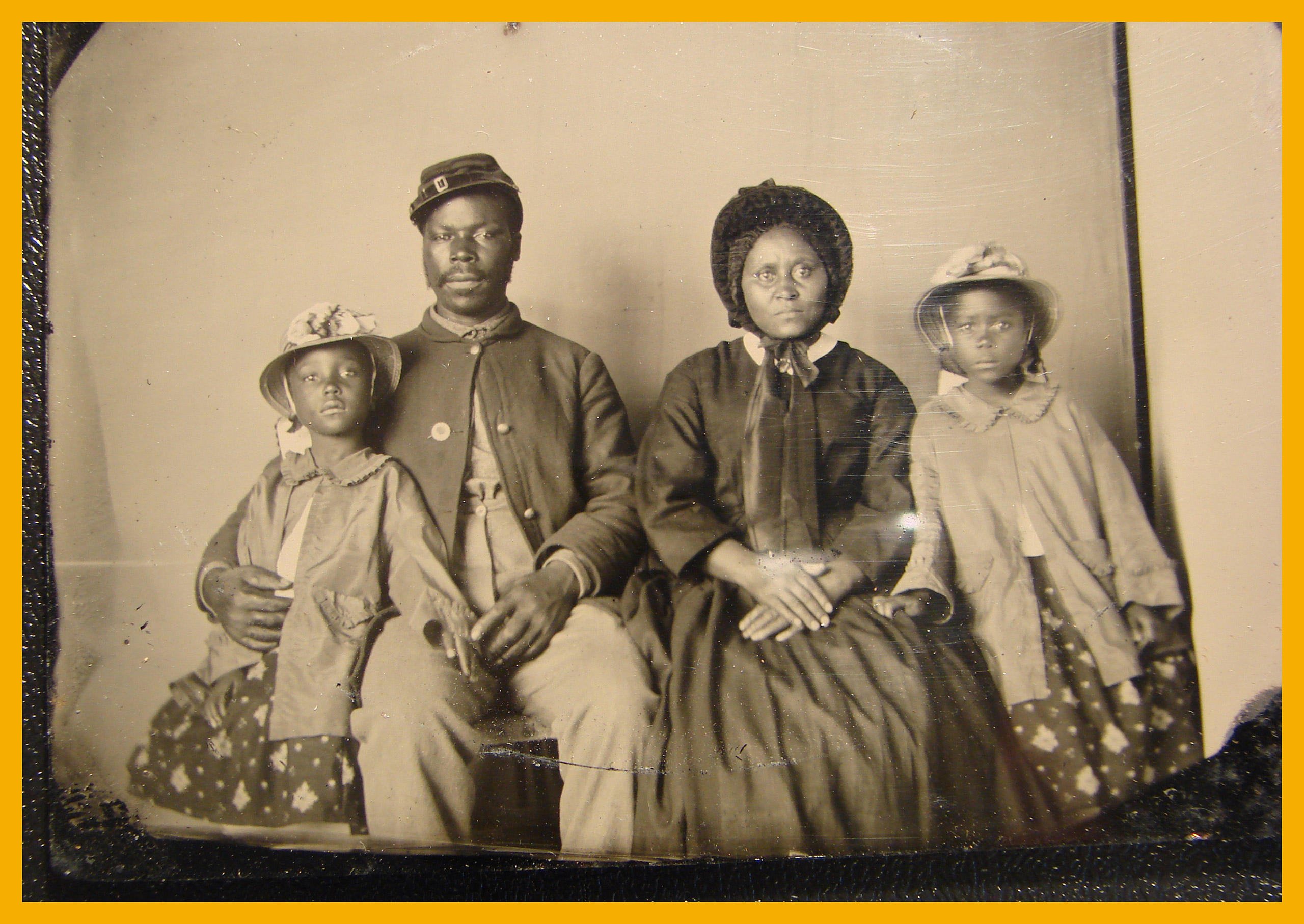After recent events (such as Spring Break) have forced me to smile in family photos, I began to think about the nature of photo smiling. It started when a family member, when looking over photo they had just taken, complained my face looked "pained" and "squinty". To which I replied with anger, challenging the convention of smiling in photos. "Why do we even smile in photos, people didn't used to smile in photos," I said, thinking out loud. The brief annoyance subsided and I decided I really would find out why and when people started smiling in photos, and I would make a LorenzoRamble out of it too!
While some people have always smiled in photos it wasn't until the 1920s that people began smiling more often. One of the biggest reasons for the drab and expressionless look of people in early photos has to do with the fact that early photos took between 60 and 90 seconds to expose. This also might explain why most early photos were done portrait style with a simple upright stature and no pose.
| Early Photo of a Man Smiling |
Would the introduction of affordable photography such that any pleb with a camera could capture moments of their own life without sitting in an expensive studio to have possibly what was the only photo of their life taken? Yes. Yes it would.
 |
| That's a smile right? |
Anyway, things came full circle, and while in the beginning of independent photography the smiles were most likely mostly genuine, now everyone smiles by convention. They smile by convention because drip by drip smiling became the norm, just as RBF was back in the day.
For more information there is a fantastic TIME article that goes very in depth, as well as a nice article in PetaPixel, both of which are linked here:
TidBit:

You had a very pained expression and you clearly were trying to ruin our photo!
ReplyDelete